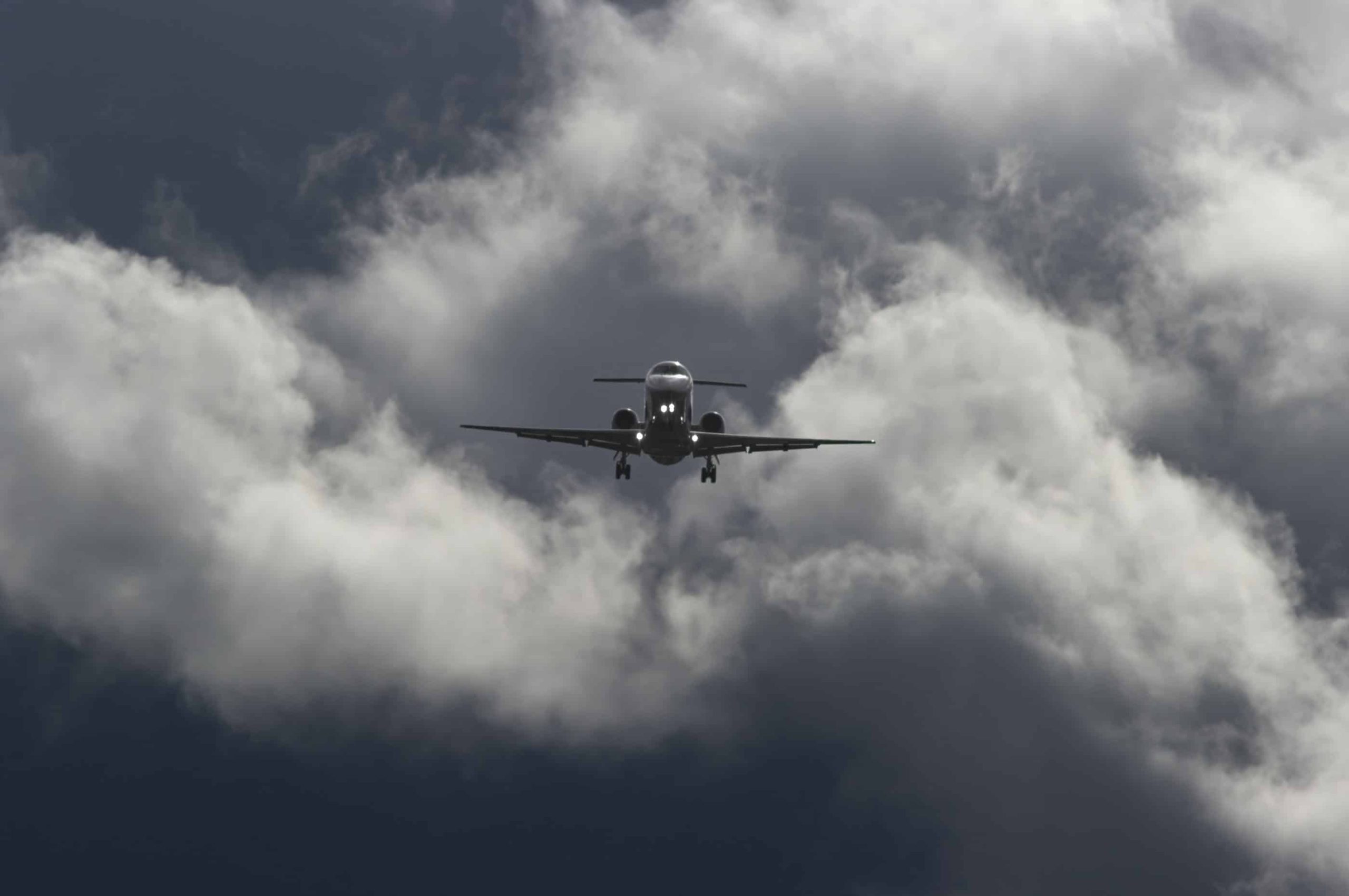In the world of aviation, weather plays a crucial role in ensuring safe and efficient flights. Pilots, airlines, and air traffic controllers all rely heavily on meteorological information to make informed decisions before and during flights. Understanding how weather impacts flying is essential for anyone involved in aviation, whether you’re a frequent flyer or simply curious about the intricacies of air travel.
Why Weather Matters
Weather conditions can significantly affect all aspects of a flight, from takeoff to landing. At AHA Ahmedabad, we understand the critical importance of weather awareness in aviation. As a leading provider of education and training in aviation, including Diploma In Aviation in Ahmedabad and Diploma in Airport Management in Ahmedabad, we prioritize equipping our students with the knowledge and skills to navigate weather-related challenges effectively, ensuring safe and successful flights throughout their careers.
1. Safety:
The safety of passengers and crew is paramount in aviation. Adverse weather conditions such as thunderstorms, strong winds, fog, and icing can pose serious risks to aircraft. Pilots trained at AHA Ahmedabad learn to prioritize safety above all else, employing strategies to mitigate weather-related hazards and ensure the well-being of everyone on board.
2. Flight Planning:
Pilots and airlines carefully consider weather forecasts when planning flight routes. By analyzing meteorological data, they can choose the most efficient and safest paths to minimize turbulence, avoid storms, and conserve fuel. Our comprehensive training programs at AHA Ahmedabad include modules on flight planning and weather analysis, empowering students with the skills to make informed decisions for optimal flight operations.
3. Airport Operations:
Weather conditions at airports, such as visibility, wind speed, and precipitation, can impact runway usage and aircraft operations. Air traffic controllers rely on accurate weather information to safely manage takeoffs, landings, and ground movements. Through our Diploma in Airport Management in Ahmedabad program, students gain insights into airport operations and the critical role of weather in ensuring smooth and efficient airport procedures.
4. Aircraft Performance:
Weather affects the performance of an aircraft in various ways. For example, high temperatures can reduce engine efficiency, while strong headwinds can increase fuel consumption. Pilots trained at AHA Ahmedabad are equipped with the knowledge and expertise to optimize aircraft performance in different weather conditions, ensuring smooth and efficient flights throughout their careers.
5. Passenger Comfort:
Smooth flying conditions contribute to a more comfortable experience for passengers. Understanding weather patterns allows airlines to anticipate turbulence and minimize disruptions during flights. At AHA Ahmedabad, we prioritize passenger comfort and satisfaction, training students to handle weather-related challenges with professionalism and competence, enhancing the overall travel experience for passengers.
The Role of Meteorology
Meteorology is the science of studying and predicting atmospheric phenomena, including weather patterns, temperature changes, and precipitation. Meteorologists play a vital role in providing accurate and timely weather information to the aviation industry.
In aviation, meteorological information is provided through various channels, including national meteorological agencies, weather briefing services, and onboard weather radar systems. Pilots receive pre-flight weather briefings to assess current conditions along their planned route and identify any potential hazards. At AHA Ahmedabad, we emphasize the importance of continuous weather monitoring and adaptation throughout each flight, ensuring the safety and success of every journey.
Key meteorological factors that impact flying include:
1. Pressure Systems:
High and low-pressure systems influence wind patterns and weather conditions. Understanding pressure systems helps pilots anticipate changes in wind direction and intensity during flight.
2. Fronts:
Frontal boundaries between air masses can trigger weather phenomena such as thunderstorms, rain, and snow. Pilots monitor frontal passages to avoid turbulent weather and maintain a smooth flight.
3. Temperature and Humidity:
Temperature and humidity levels affect cloud formation, visibility, and aircraft performance. Pilots consider these factors when assessing icing conditions, fog potential, and the likelihood of convective activity.
4. Wind:
Wind speed and direction impact aircraft trajectory and groundspeed. Pilots adjust their flight plans to take advantage of tailwinds or avoid strong headwinds, optimizing fuel efficiency and flight duration.
5. Turbulence:
Turbulence is caused by atmospheric instability and can occur in various forms, including clear air turbulence, mountain wave turbulence, and convective turbulence. Pilots use weather forecasts and onboard radar to anticipate and mitigate turbulence hazards.
Conclusion
Weather plays a critical role in aviation, influencing safety, efficiency, and passenger comfort. At AHA Ahmedabad, we are committed to providing comprehensive training and education to aspiring aviation professionals, including Diploma In Aviation in Ahmedabad and Diploma in Airport Management in Ahmedabad programs. Whether you’re embarking on a career in aviation or seeking to enhance your knowledge of weather-related challenges in flight operations, AHA Ahmedabad is your trusted partner in aviation excellence.

